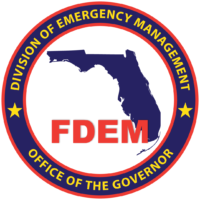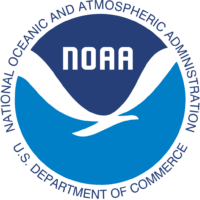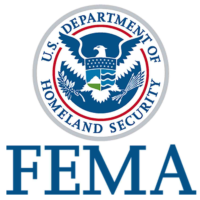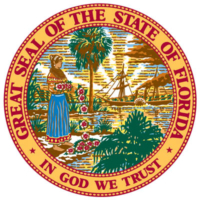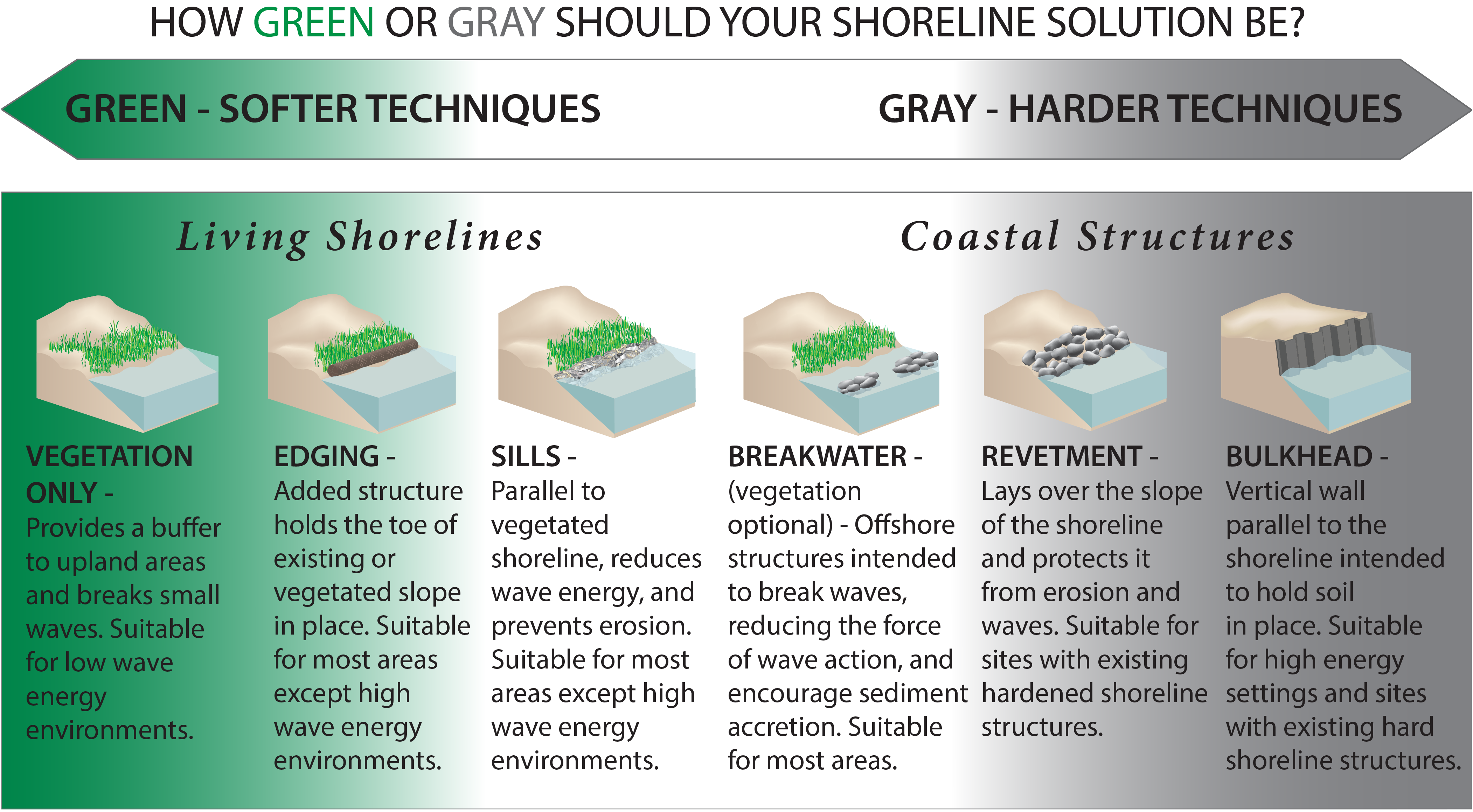Hurricane Preparation Resources Around the Region
What Are The Hurricane Hazards?
- Storm surge – A hurricane can produce destructive storm surge, which is water that is pushed toward the shore by the force of the winds. This advancing surge combines with the normal tides to inundate normally dry land in feet of water. The stronger the storm, the higher the storm surge.
- Inland flooding – In the last 30 years, inland flooding has been responsible for more than half the deaths associated with tropical cyclones in the United States.
- High winds – Hurricane-force winds can destroy poorly constructed buildings and mobile homes. Debris such as signs, roofing material, and small items left outside become flying missiles in hurricanes.
- Tornadoes – Hurricanes can produce tornadoes that add to the storm’s destructive power. Tornadoes are most likely to occur in the right-front quadrant of the hurricane.
Storm Tracking Tools
Live Storm Tracking
Use this map to track the storm live
Tweets by FL Division of Emergency Management
Follow them to have the most up-to-date news
National Hurricane Center News
Visit their website and stay informed
County Resources
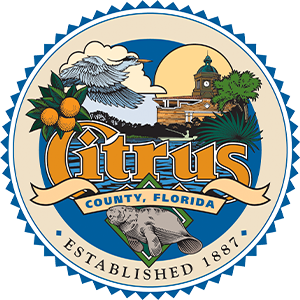
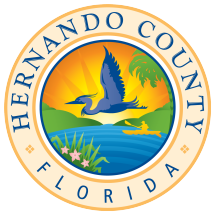

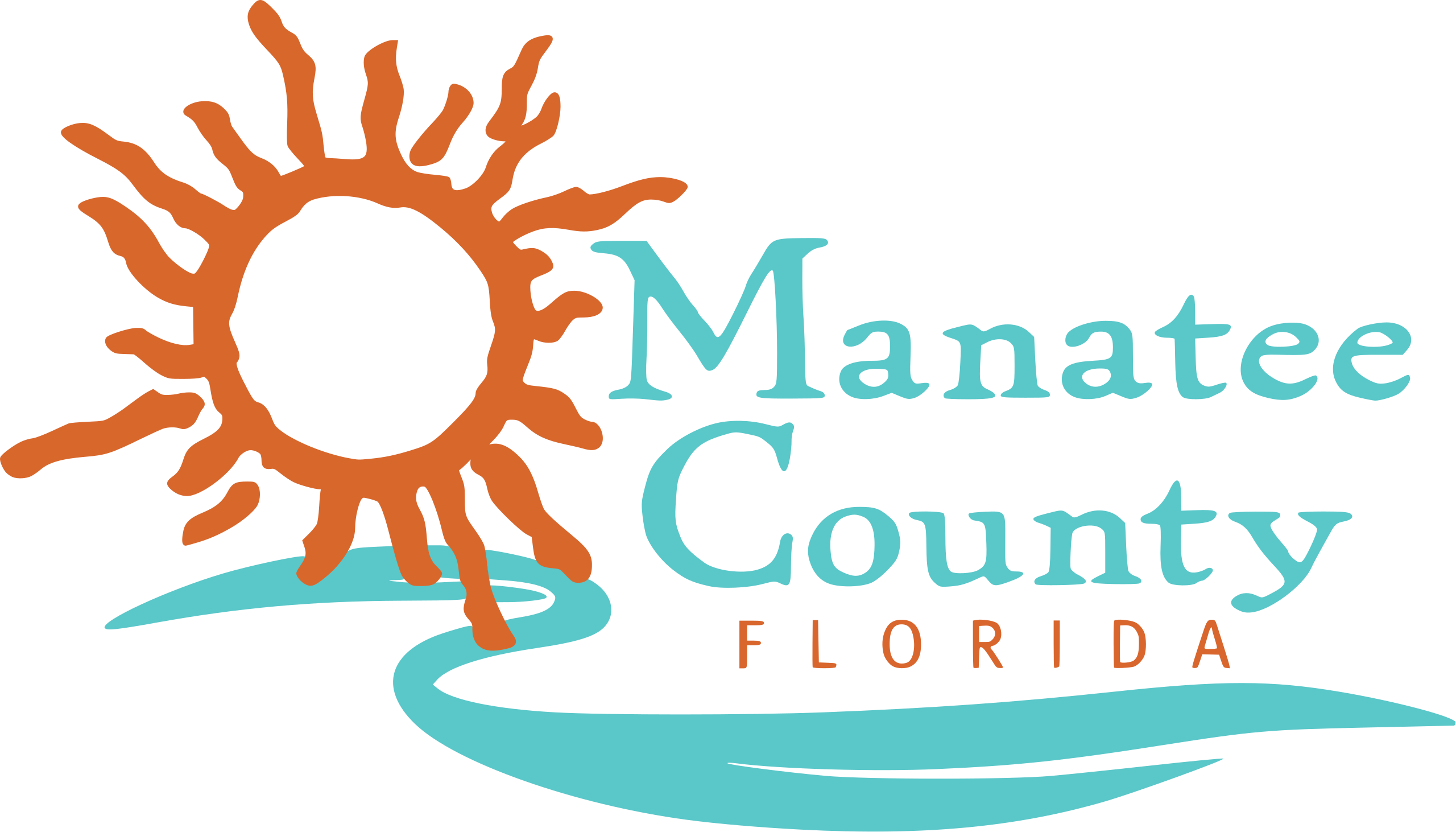
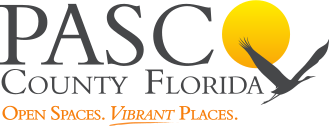
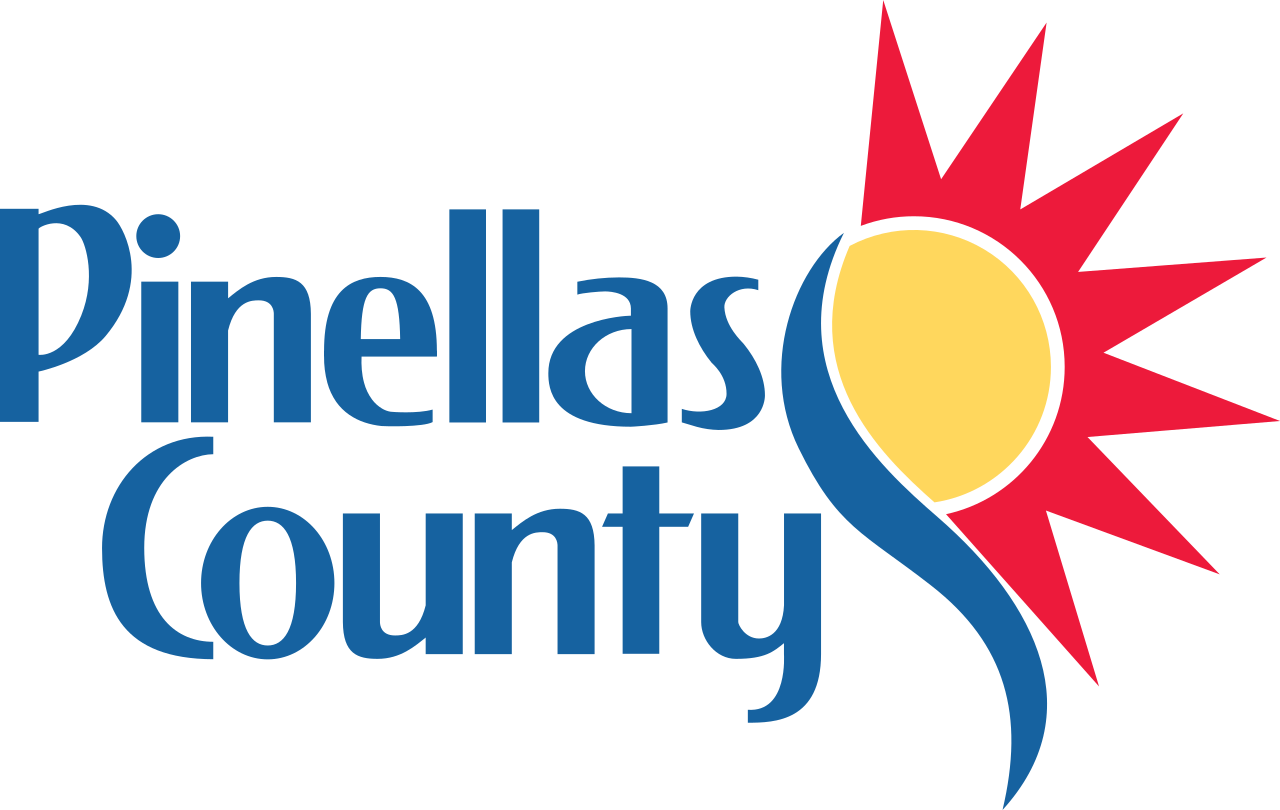






Frequently Asked Questions About Hurricane Preparation
When a Hurricane Watch is issued, it means that hurricane conditions are possible within the watch area. The hurricane watch is issued 48 hours in advance of the anticipated onset of tropical-storm-force winds. This watch should trigger your family’s disaster plan, and proactive measures should be initiated especially those actions that require extra time such as securing a boat, leaving a barrier island, etc.
When a Hurricane Warning is issued, it means that hurricane conditions are expected within the warning area. The hurricane warning is issued 36 hours in advance of the anticipated onset of tropical-storm-force winds. Once this warning has been issued, your family should be in the process of completing proactive actions and deciding the safest location to be during the storm.
- Have a NOAA All-Hazards Weather Radio and battery backup to receive important weather and other emergency-related warnings.
- Build a disaster supply kit and have a family and/or business plan. Remember to also have a plan for pets.
- Before, During and After a Hurricane
- Evacuating Yourself and Your Family
- Determine if your home is in a storm surge evacuation zone. If so, learn what needs to be done if you evacuate or stay when a storm is moving toward your area.
- Mitigate Hurricane Damages
- Learn how to prepare your home from wind damage before a storm threatens your area.
- Consider insuring your home or business from flood loss.
- Make sure that all other aspects of your home are as protected from hurricanes as possible.
Download your County’s latest Disaster Planning Guide.
Citrus County: Citrus County Disaster Planning Guide
Hillsborough County: Hillsborough County Disaster Preparedness Guide
Hernando County: Hernando County Disaster Planning Guide
Manatee County: Manatee County Disaster Planning Guide
Pasco County: Pasco County Disaster Preparedness Guide
Pinellas County: Pinellas County Hurricane Guide
Stock up now (or a little at a time) and store these items where you can get to them quickly.
If a storm is approaching, there are two paths to consider. Download our Evacuate or Stay info sheet. Follow your City and County’s social media for the most up-to-date information.
The safety of your family’s animals depends on you, especially in an emergency. During severe weather or other emergency situations, if it is unsafe for you to stay in your home, it is also unsafe for your animals. Do not leave your animals behind or use them as an excuse not to evacuate.
The time to think about disaster preparedness is now. In some cases, this may require a change in mindset, since small business owners are often preoccupied worrying about immediate challenges and it can be hard to think of longer-term possibilities. Being prepared will make your business more resilient when a storm arrives.
After a disaster, you may be without power and many of the services you rely on, including water, sewer, phone, cell phone, businesses, etc. Immediate response may not be possible, so you must prepare to be self-reliant for at least 7 days after the storm.
